The Ekasarana tradition of Vaishnavism is particularly well known in the state of Assam and the other neighbouring regions of the state. The Satras are such institutional centers that are associated with this tradition. The different centers operate independently and are controlled by individual adhikaras and are grouped into four different orders. A prayer house named Namghar is maintained by these centers where general people get converted into the Ekasarana tradition and become a part of this discipline. Satra is an enclosed area having four sides with four different gateways named the Karapat. In the east western direction placed centrally is the prayer hall. The jewel house called as the Manikut is a separate structure which is on the eastern side. The main object of worship here is the idol or manuscript of Bhagavat Purana which is being placed on wooden structure having four lions carved on it. There are small huts called hati surrounding the prayer hall where the monks live in. Initially all the structures were made of wood and bamboo but now we see that they have all become permanent structures of bricks and mortar. Some of the notable Satras that are worth visiting are Kamalabari, Garamur, Samaguri, Auni ati and the Bengena ati. The satras also have accommodation facilities for the devotees where they can stay and take part in the worship of Krishna and Vishnu.
History of the Temple
The Satras were initially started in the 16th century and then grew rapidly during the 17th centuries. Both the Koch and Ahom kingdoms played a very crucial role in spreading the Ekasarana religion. They extended a lot of help in the propagation of the Vaishnavism all over the state of Assam. The name Satra has its origin from the Bhagavata Purana.
Popular Things To Do & See Around
The Satras are not only known for the monasteries but are also centers of traditional performing arts. The visitors can witness several form of art and dance forms on a trip to this place. One can see here the Apsara and Paalnaam dance, many Assamese handicrafts, utensils and jewellery and several other well known artifacts that enrich the heritage of the state.
Getting There
The tourists can travel to Jorhat by availing regular flights that are available from Guwahati.

One can also avail the buses that carry tourists from Guwahati to Jorhat. After reaching Jorhat you have to travel to Neemati Ghat from where ferry rides are available to Majuli on a daily basis.
Opening/Closing Timings and days
The place remains open on all days of the week from 6 in the morning till 6 in the evening.
Best Time to Visit
This place of pilgrimage in Assam can be visited all round the year but the best time to visit the place is during the Raas festival in the month of November.










































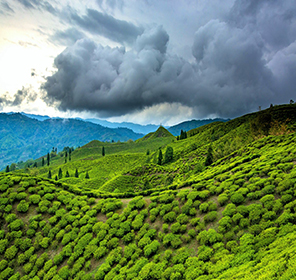
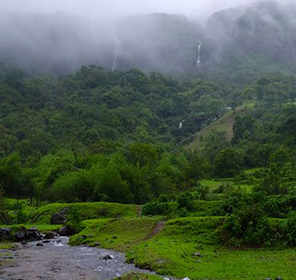

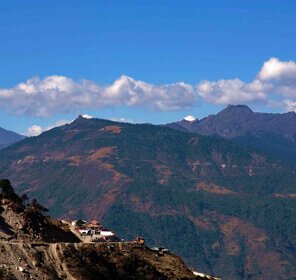





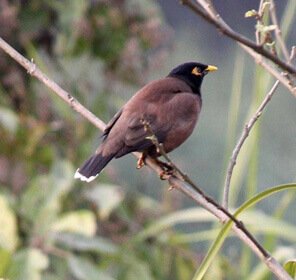











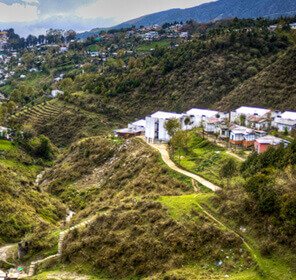
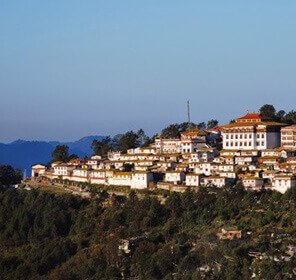
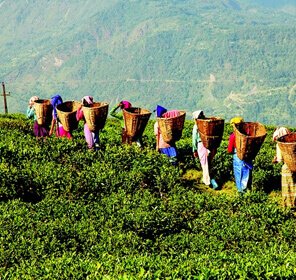



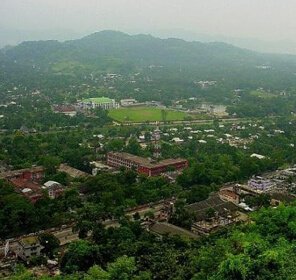


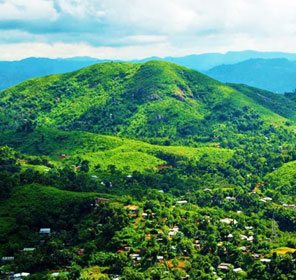


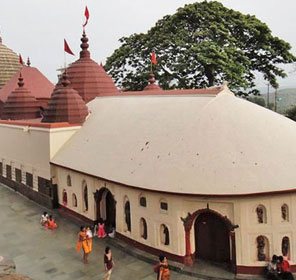


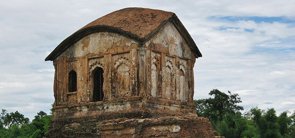
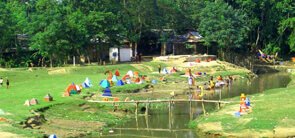



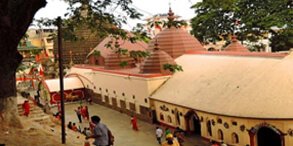

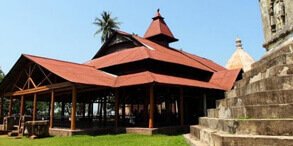
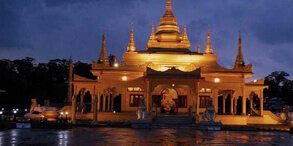
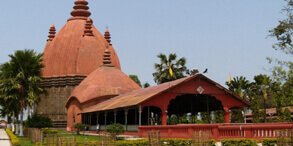
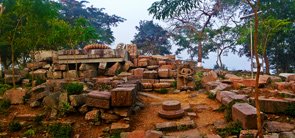
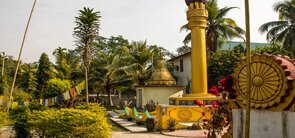


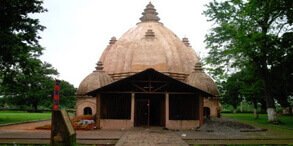

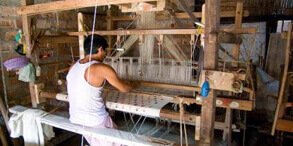


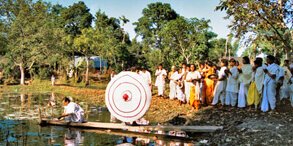
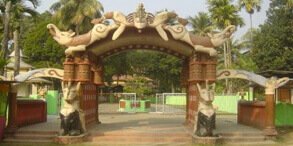
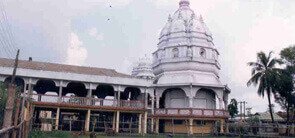
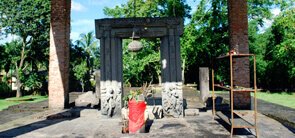
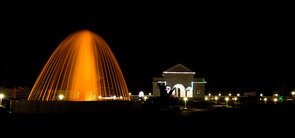

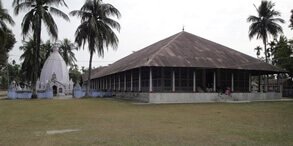


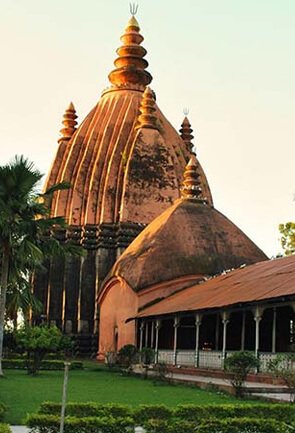


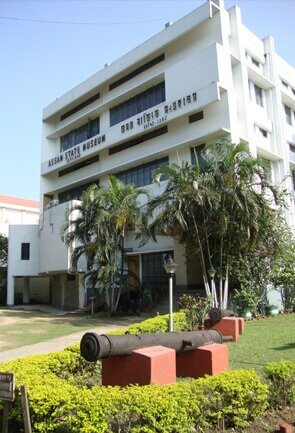
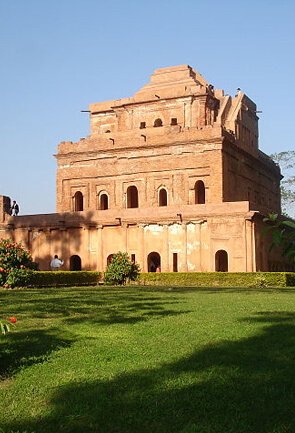
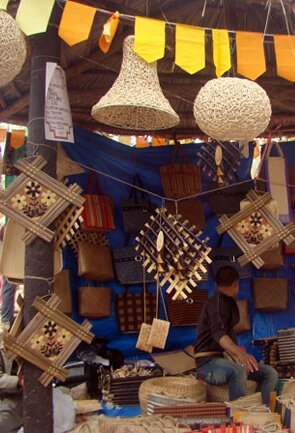
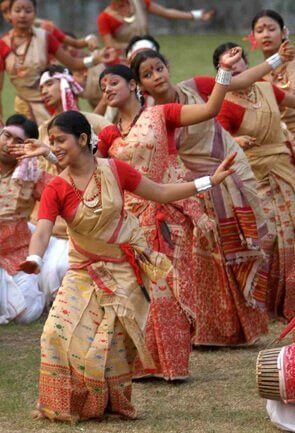
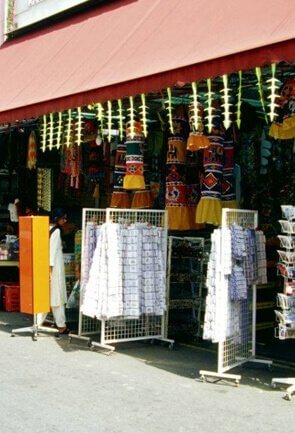
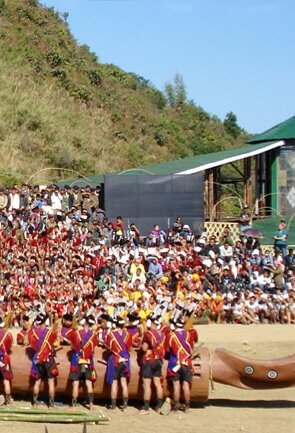

 Plan Trip
Plan Trip Call Us
Call Us Packages
Packages Home
Home